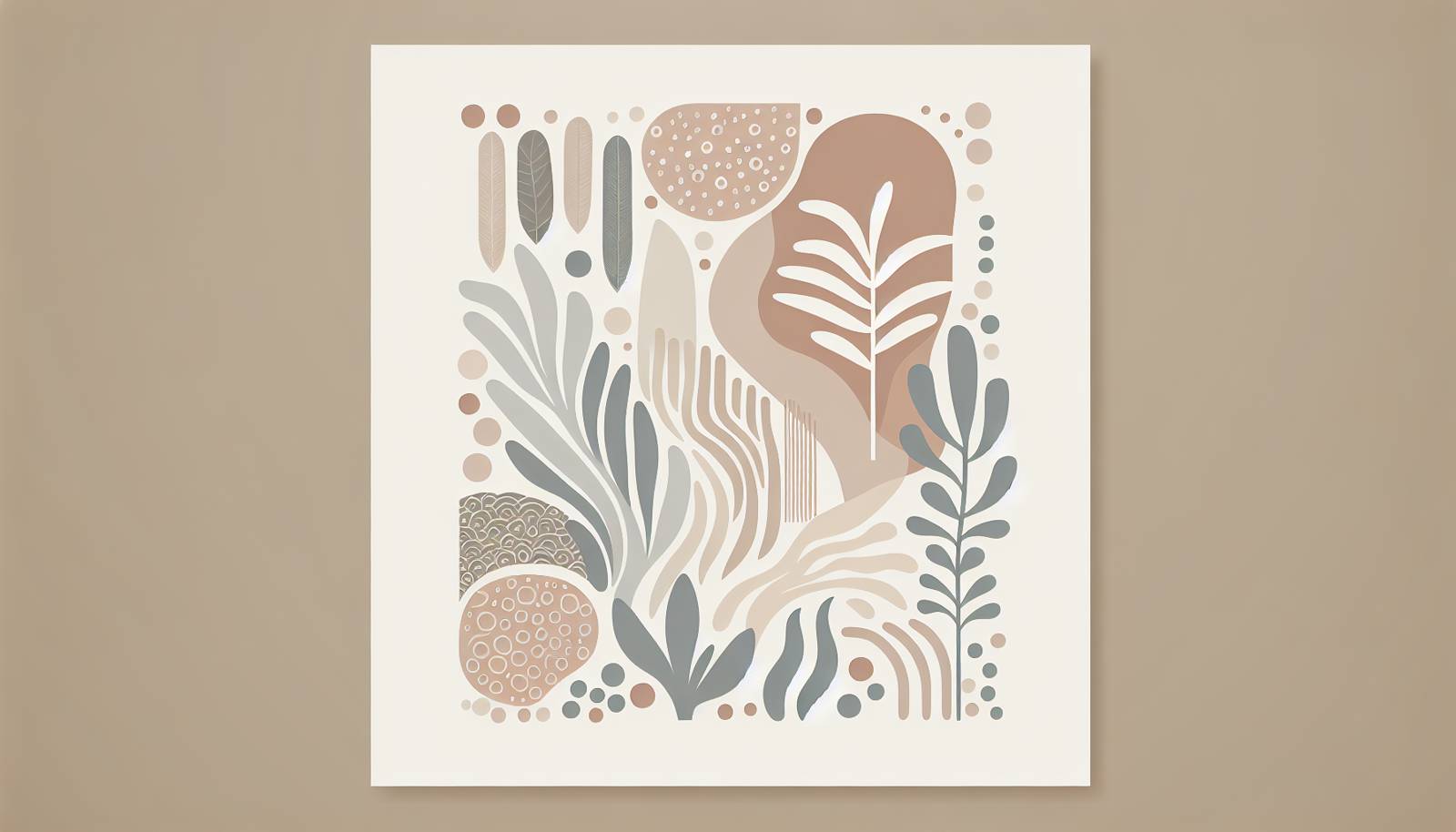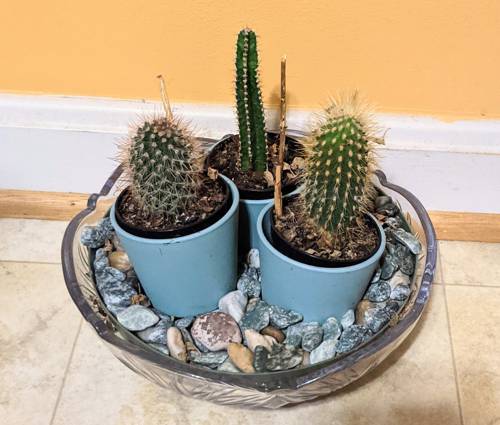
FAQ About Drought-Tolerant Indoor Plants

What are drought-tolerant indoor plants?
Drought-tolerant indoor plants are species that can thrive with minimal water. They have adapted to survive in conditions with infrequent watering by storing water in their leaves, stems, or roots. These plants are ideal for people who prefer low-maintenance care or live in areas with water restrictions.

Why are drought-tolerant plants suitable for indoor settings?
Drought-tolerant plants are suitable for indoor settings because they require less frequent watering, making them ideal for busy individuals or those who might forget to water regularly. Additionally, many of these plants can thrive in low-light conditions, which are common in indoor environments.

Can you name some popular drought-tolerant indoor plants?
Popular drought-tolerant indoor plants include succulents like Aloe Vera and Jade Plant, cacti such as the Christmas Cactus, and foliage plants like ZZ Plant (Zamioculcas zamiifolia) and Snake Plant (Sansevieria).

How often should I water drought-tolerant indoor plants?
The watering frequency for drought-tolerant indoor plants depends on factors such as room temperature, humidity, and pot size. However, a general rule is to water them once every 2-4 weeks, allowing the soil to dry out completely between waterings.

Do drought-tolerant plants require any special soil?
Yes, drought-tolerant plants usually require well-draining soil to prevent root rot. A cactus or succulent potting mix is ideal, as it allows excess water to escape quickly, mimicking the conditions of their natural habitats.

Can ZZ Plants survive with minimal watering?
Yes, ZZ Plants (Zamioculcas zamiifolia) are known for their resilience and can survive with minimal watering. They are excellent at tolerating neglect and will thrive in low-light conditions with infrequent watering.

How do I know if a plant is drought-tolerant?
A plant is likely drought-tolerant if it has certain characteristics, such as thick, fleshy leaves or stems that can store water. Many of these plants are also part of the succulent and cactus families, which are known for their water retention abilities.

Are succulents good for low-light indoor spaces?
While many succulents thrive in bright, indirect sunlight, some varieties, such as the Haworthia and Gasteria, can tolerate lower light conditions and are therefore suitable for low-light indoor spaces.

How do I avoid overwatering drought-tolerant plants?
To avoid overwatering, let the soil dry out completely between waterings. Use well-draining soil and ensure that pots have drainage holes. If in doubt, it's better to underwater than overwater drought-tolerant plants, as they store water and can survive periods of drought.

Can I use regular potting soil for drought-tolerant plants?
Regular potting soil is often too dense and retains too much moisture for drought-tolerant plants. Instead, use a cactus or succulent mix, or amend regular potting soil with sand or perlite to improve drainage.

What is the best lighting for Snake Plants indoors?
Snake Plants (Sansevieria) are highly adaptable and can tolerate a variety of lighting conditions, from low light to bright, indirect sunlight. For optimal growth, placing them in moderate indirect light is recommended.

Are air plants considered drought-tolerant?
Air plants (Tillandsia) are somewhat drought-tolerant, as they can survive without soil and absorb moisture through their leaves. However, they still require regular misting or soaking to thrive, particularly in indoor environments with low humidity.

What are common mistakes in caring for drought-tolerant indoor plants?
Common mistakes include overwatering, using inadequate soil mixtures that don't drain well, neglecting adequate light exposure, and failing to adjust watering frequency based on seasonal changes. Understanding each plant's specific needs is crucial for their care.

How can I increase humidity for my indoor drought-tolerant plants?
Although many drought-tolerant plants are not particularly sensitive to humidity, increasing it can be beneficial. You can use a humidifier, place plants on a pebble tray with water, or group plants together to create a microclimate with higher humidity.

Can cactus plants be grown indoors?
Yes, many cacti can be grown indoors as they are natural drought-tolerant plants. They generally require bright, direct sunlight, so they should be placed near a south or west-facing window for best results. Ensure they are in fast-draining soil to prevent root rot.

Do drought-tolerant plants improve indoor air quality?
Some drought-tolerant plants, such as the Snake Plant and Aloe Vera, are known for their air-purifying qualities. They can help remove toxins like formaldehyde and benzene from the air, improving overall indoor air quality.

Is Aloe Vera considered a drought-tolerant plant?
Yes, Aloe Vera is classified as a drought-tolerant plant. It stores water in its thick, fleshy leaves, allowing it to endure periods without watering. It's an excellent plant for beginners due to its low maintenance requirements.

What temperatures do drought-tolerant indoor plants prefer?
Most drought-tolerant plants prefer temperatures ranging from 60°F to 80°F (15°C to 27°C). They should be kept away from drafts, cold windows, and areas with sudden temperature changes.

Are there any flowering drought-tolerant indoor plants?
Yes, there are flowering drought-tolerant indoor plants, such as the Christmas Cactus and some varieties of Echeveria. These plants can produce vibrant blooms when provided with appropriate light and care conditions.

Can drought-tolerant plants be propagated easily?
Many drought-tolerant plants, such as succulents and some cacti, can be easily propagated through leaf or stem cuttings. Simply let the cuttings dry and callus over before planting them in well-draining soil to encourage root growth.
